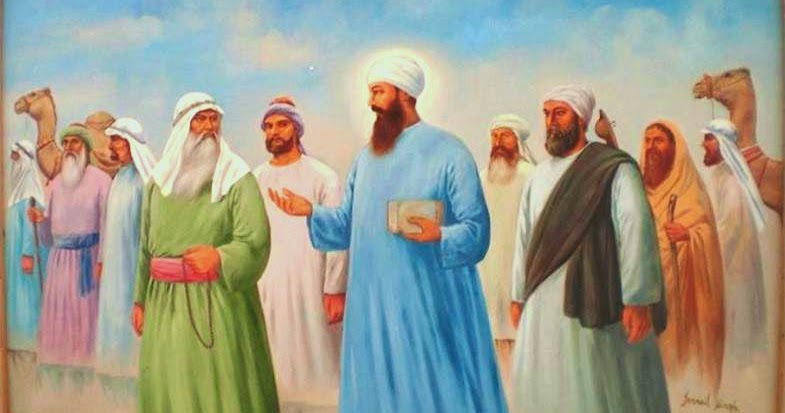Guru Nanak eMecca Jump to the navigate Jump to search Portrait of 16th Century Mecca Guru Nanak traveled to Mecca on his fourth (last) day
Category: Sikh Gurus
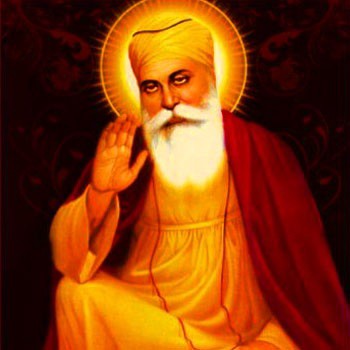
Gurū Nānak (Punjabi pronoun: [gʊɾuː naːnəkᵊ], pronunciation; born Nānak on 15 April 1469 – 22 September 1539), also known as Bābā Nānak (‘father Nānak’), [1]
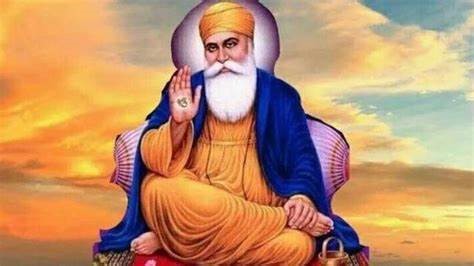
Kauda was a member of the Bheel tribe, which had been pushed from the fruitful territory into forests and desolate areas, where they were known to
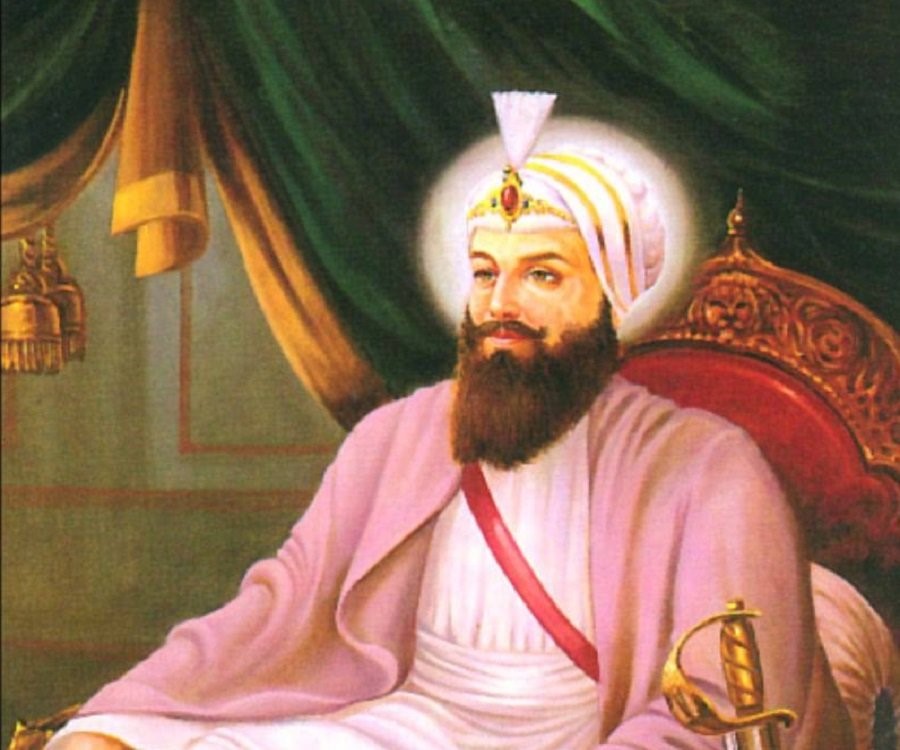
Har Rai was a child with a high level of sensitivity. According to legend, he sobbed since he had injured a rose bush by brushing
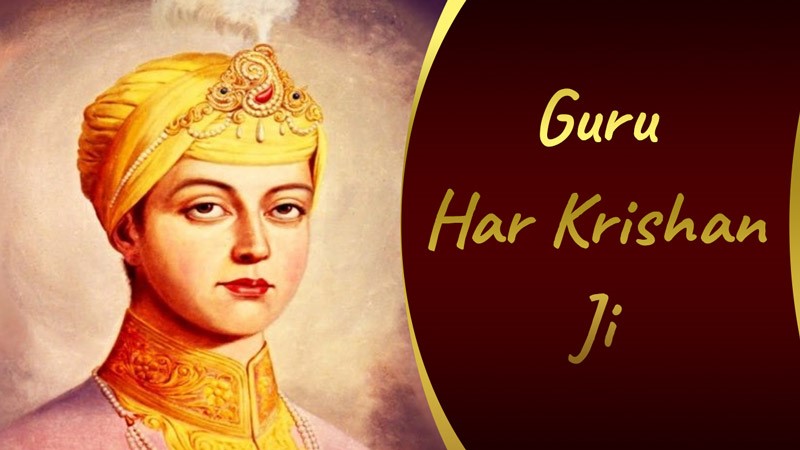
He was the eighth of the Ten humans set up Gurus of Sikhism. Har Krishan Ji was a son of the seventh Guru, Mata Krishan Kaur and Guru
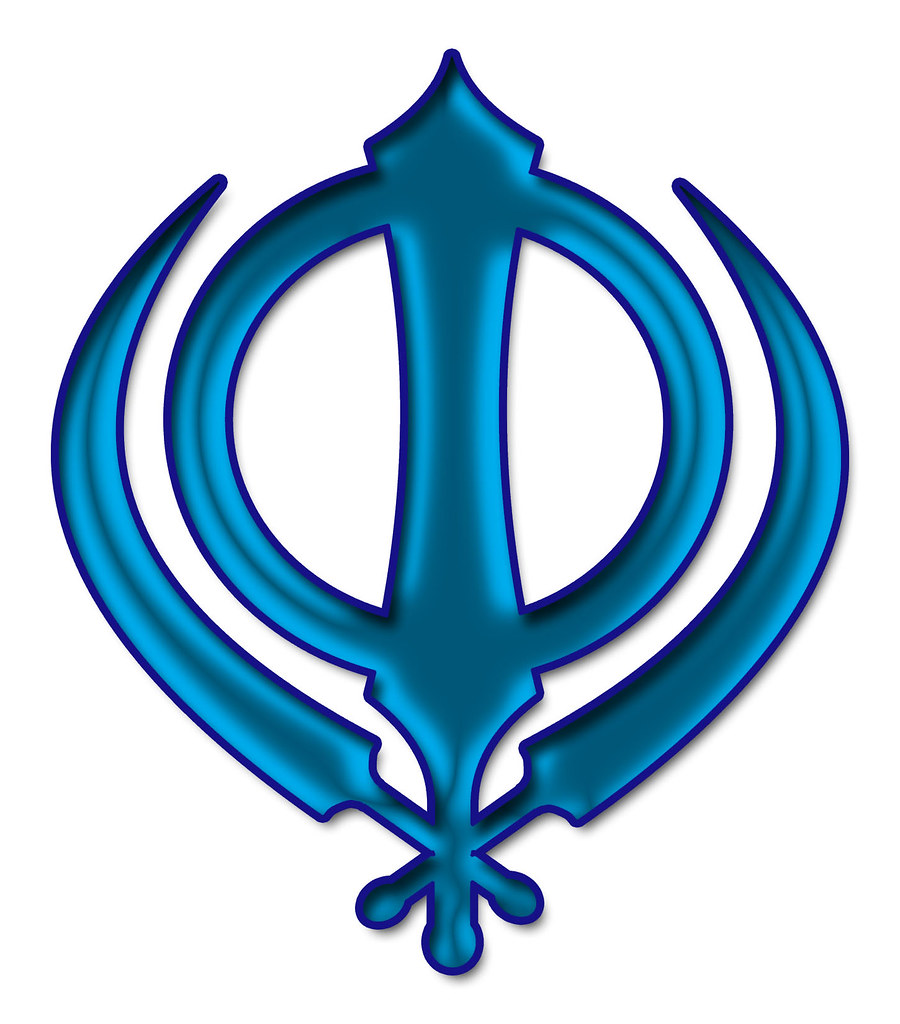
5 Ks from the creation of Khalsa Panth by Guru Gobind Singh in 1699. Guru introduced them for several reasons: Accepting these common symbols will
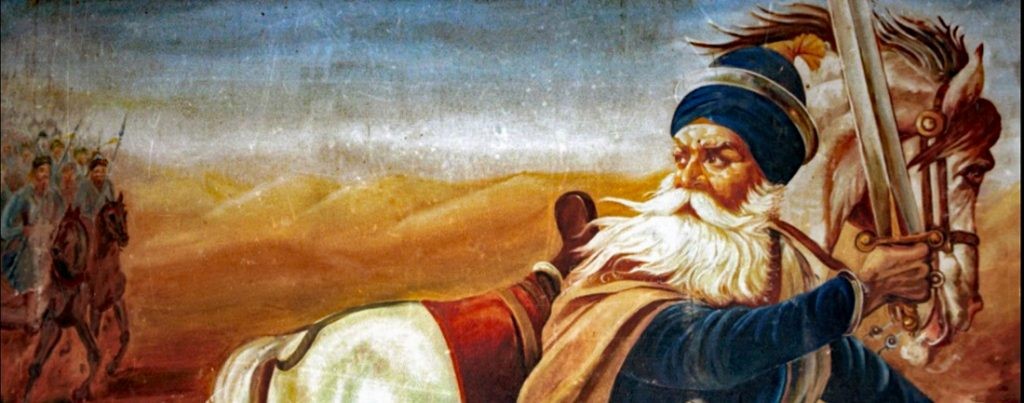
Martyrdom is a basic institution of the Sikh god faith. When one calls a human a shahid, this suggest more than its definition in Islamic faith
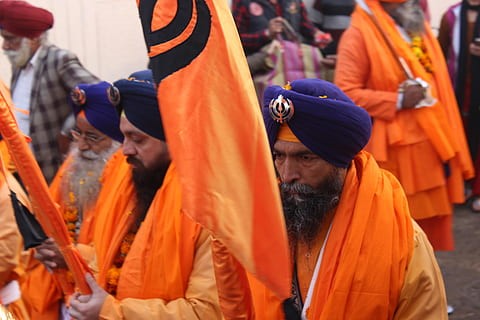
In the Khalsa society, the turban signify numerous virtues:- Equality The Sikhs community is an egalitarian one, and free of sexual orientation, nationality, race, religion
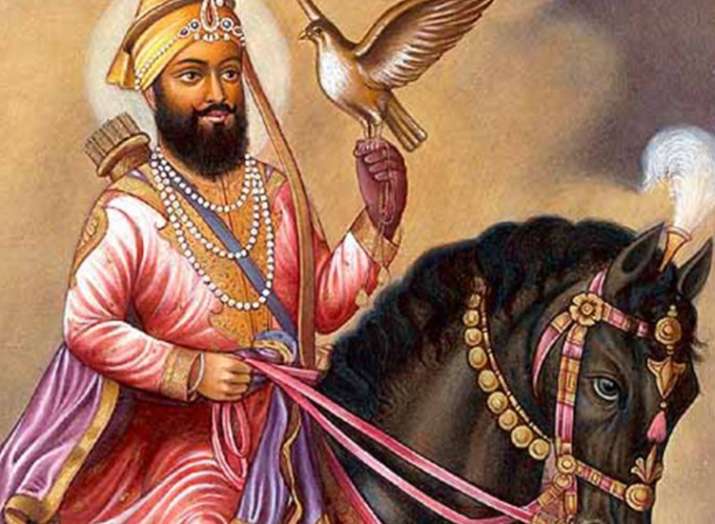
Guru Gobind Singh ([gʊɾuː goːbɪn̯d̯ᵊ sɪ́ŋgᵊ]; from 22 December 1666 – to 7 October 1708), born Gobind Rai, was the tenth Sikh Guru, a spiritual

Guru Nanak Dev Ji was born in Talwandi zone of Pakistan. Guru Nanak Dev Ji parents were Khatri Hindus. So the nationality was not of
